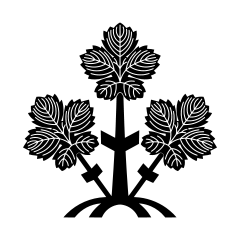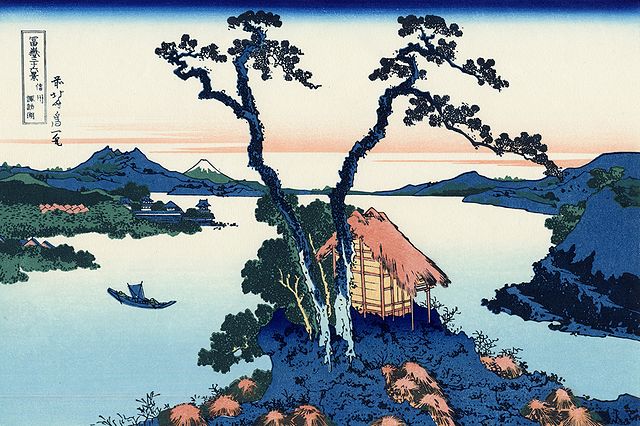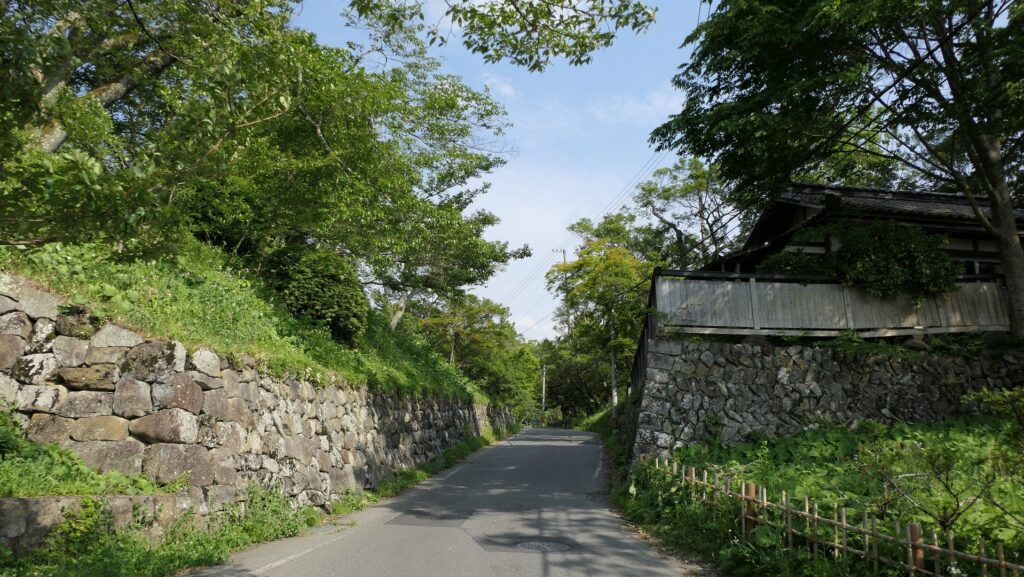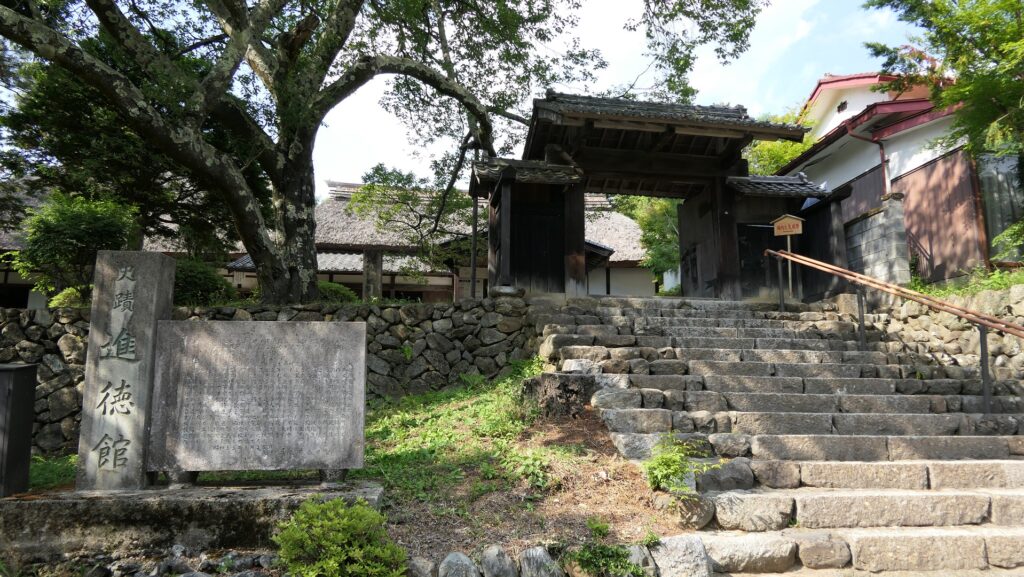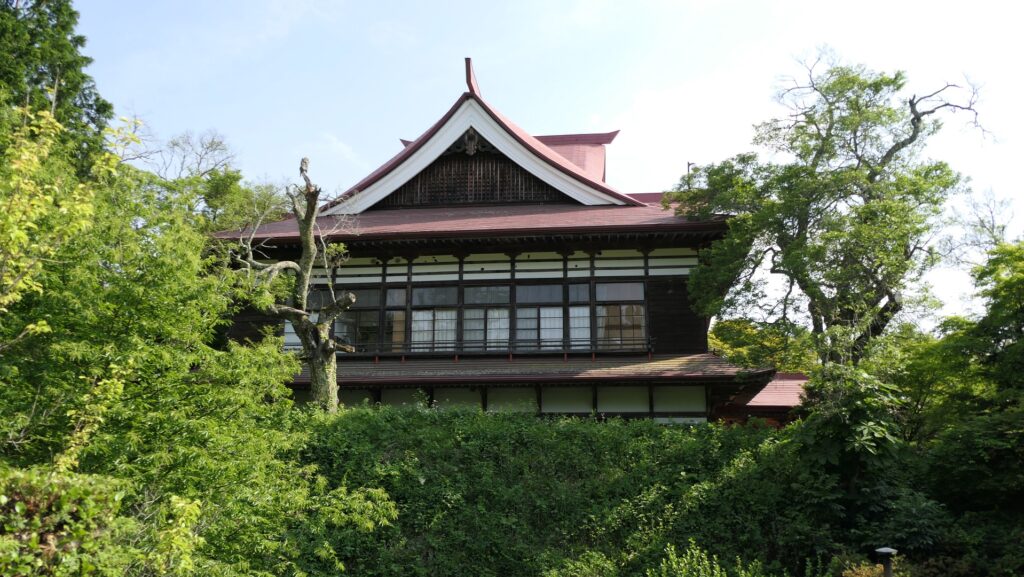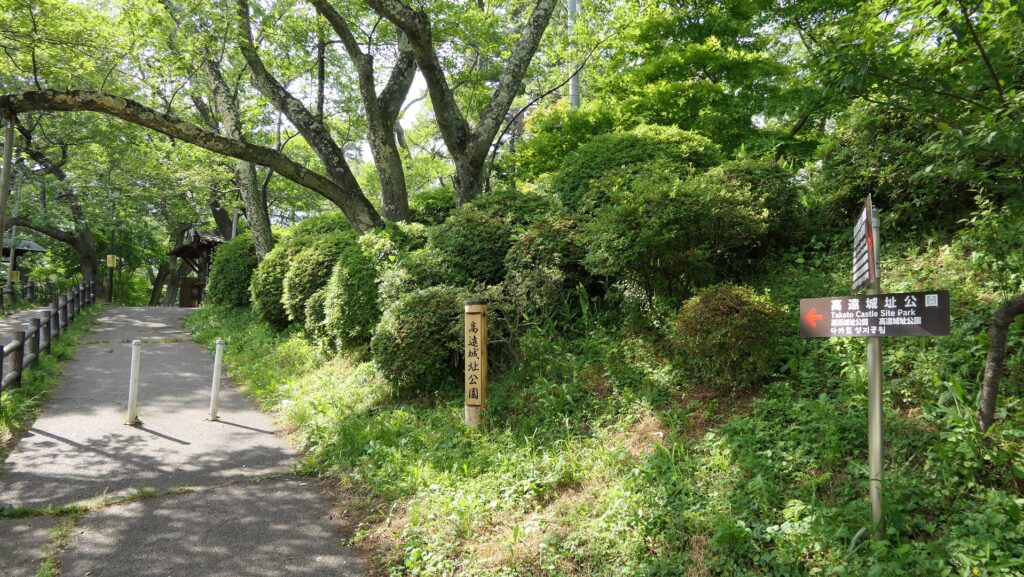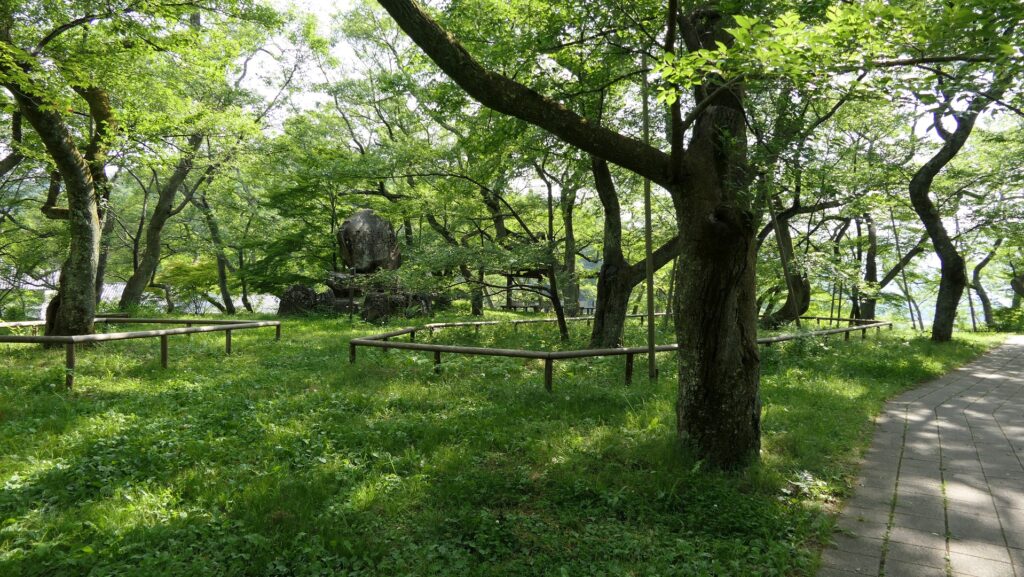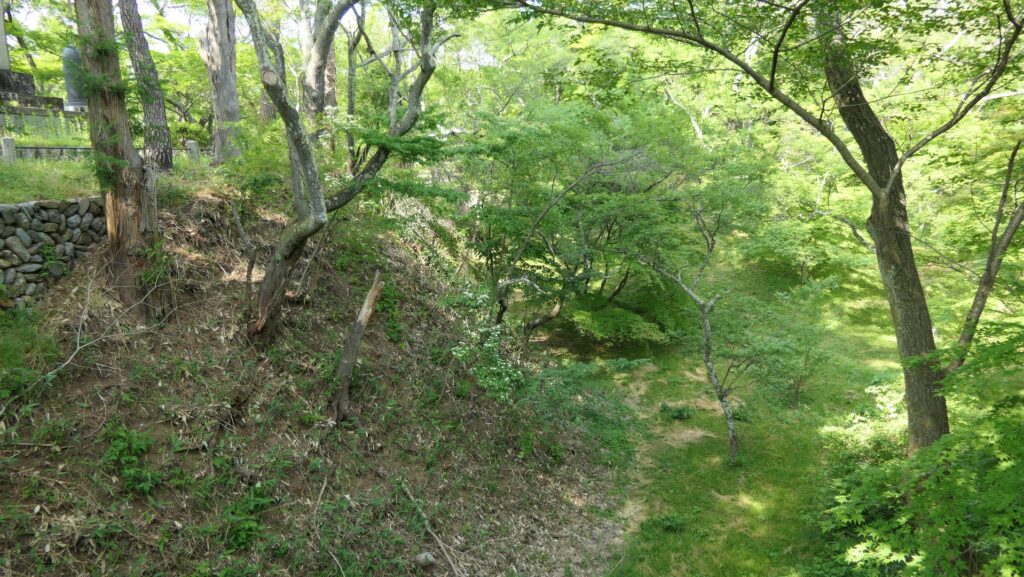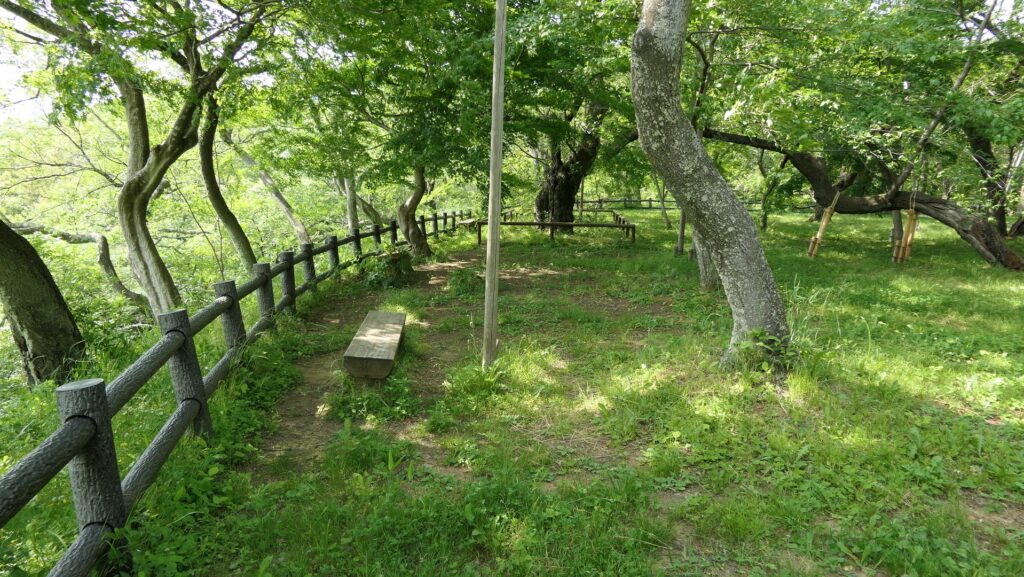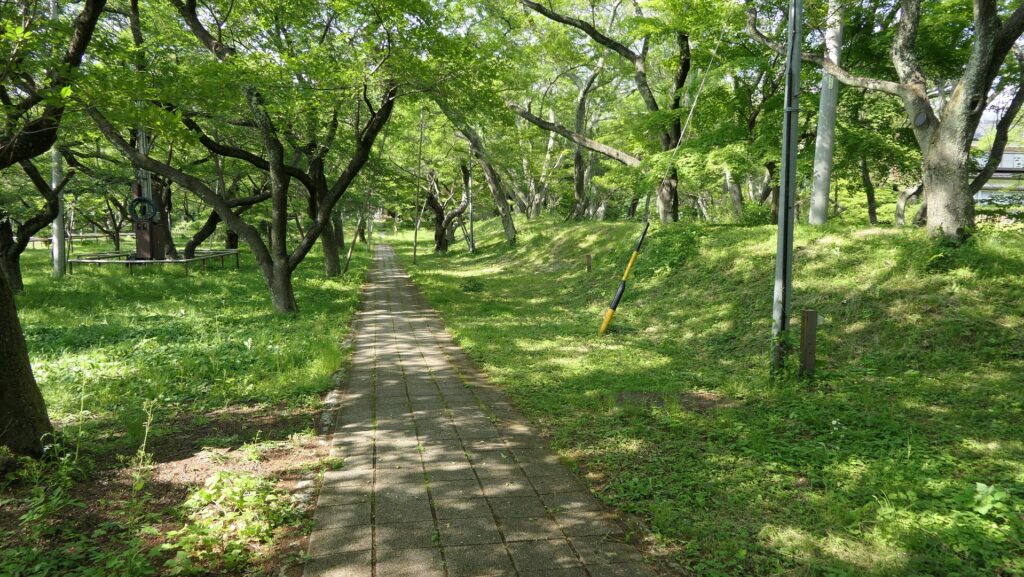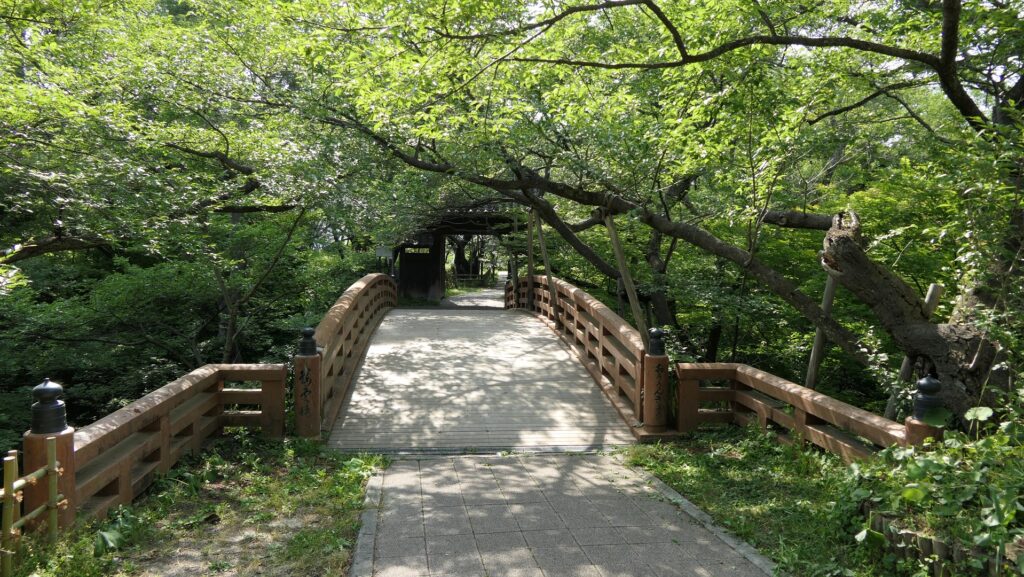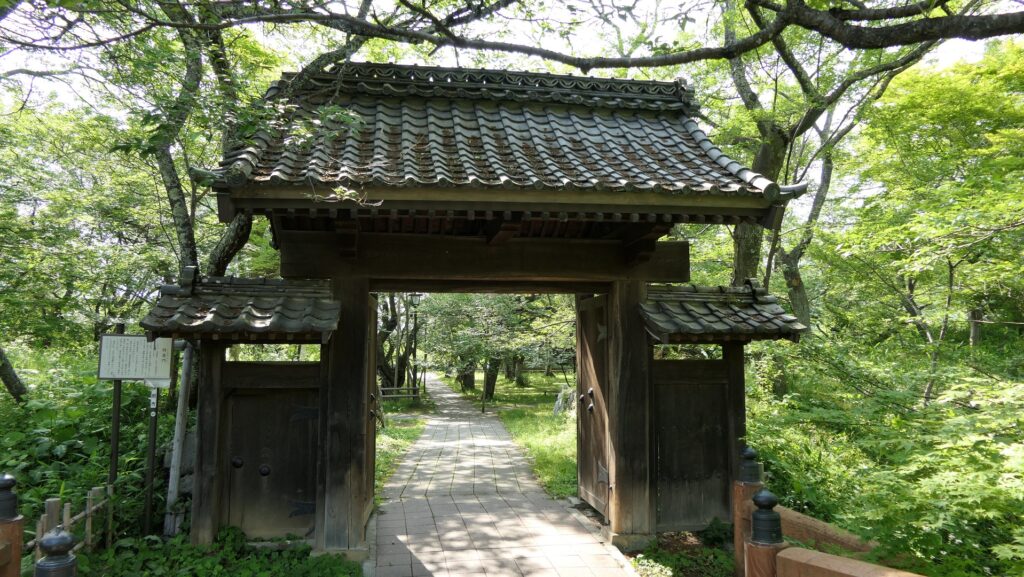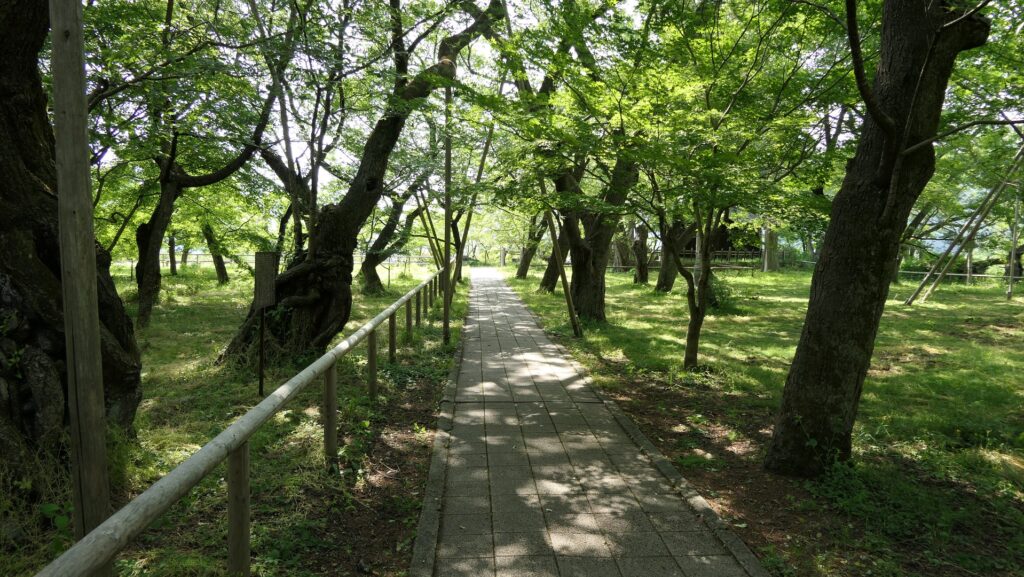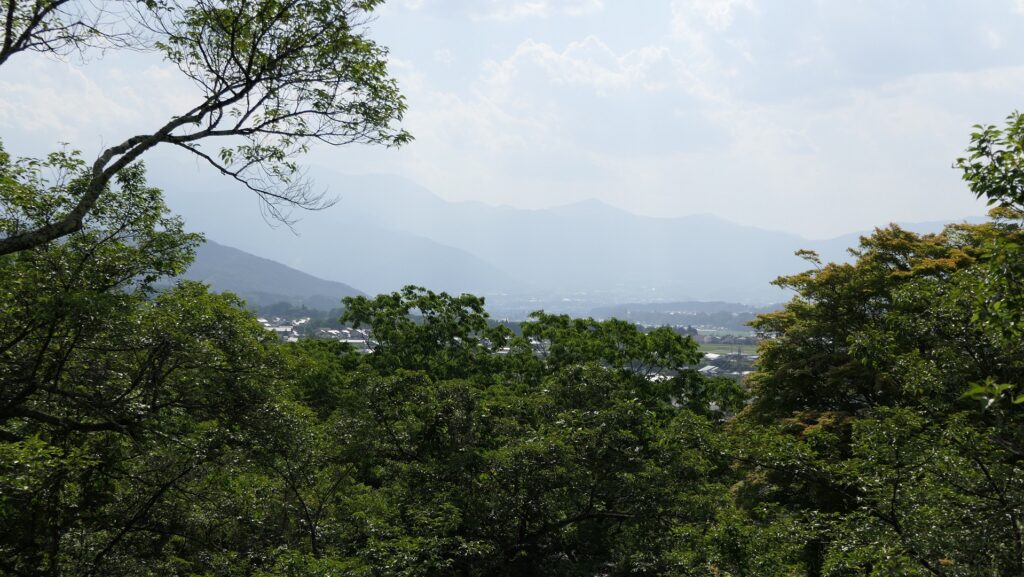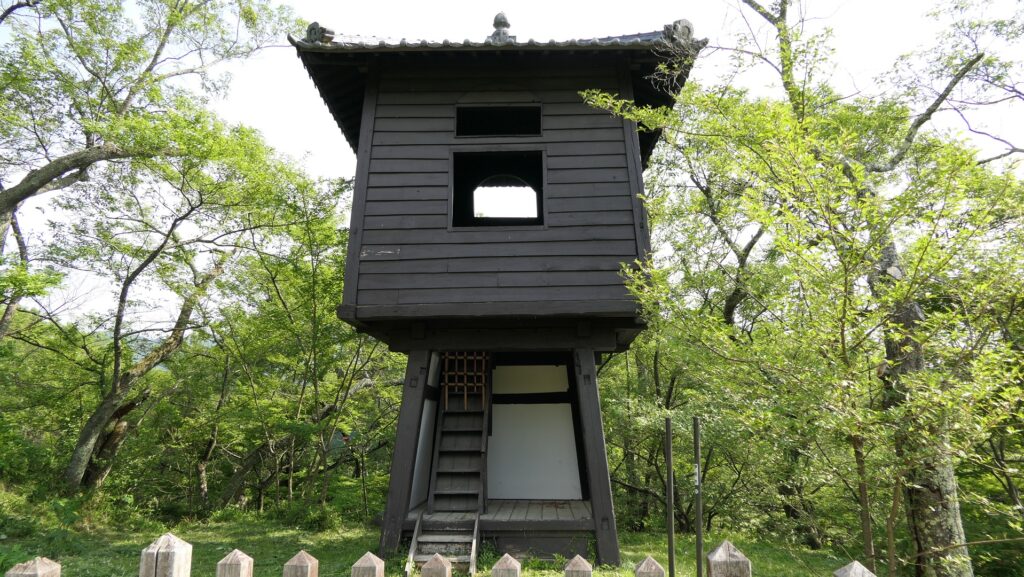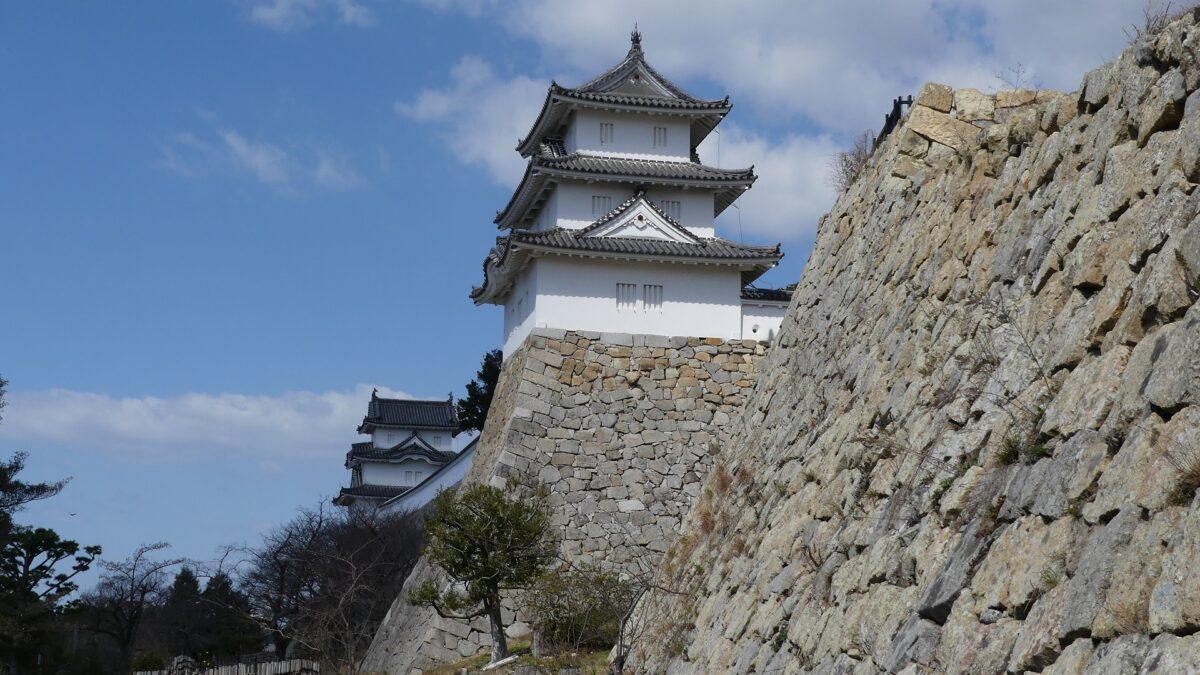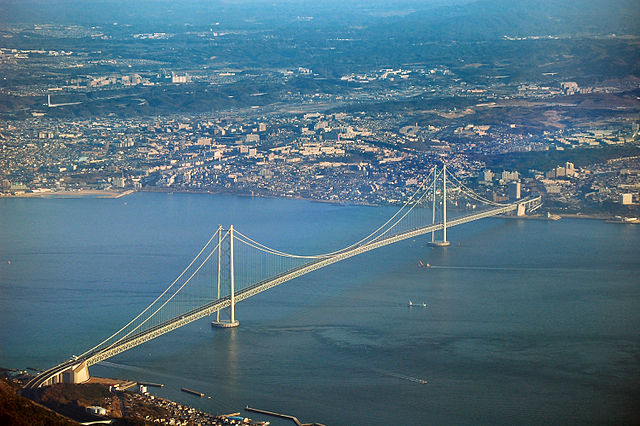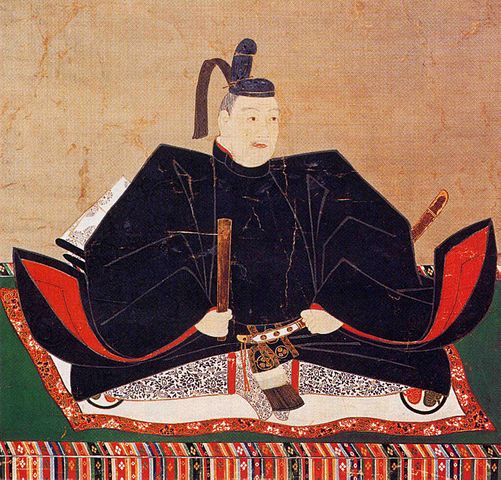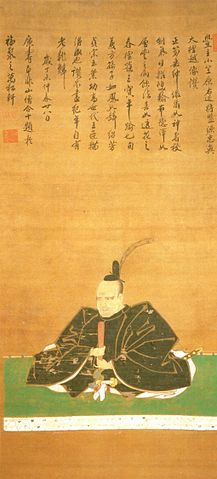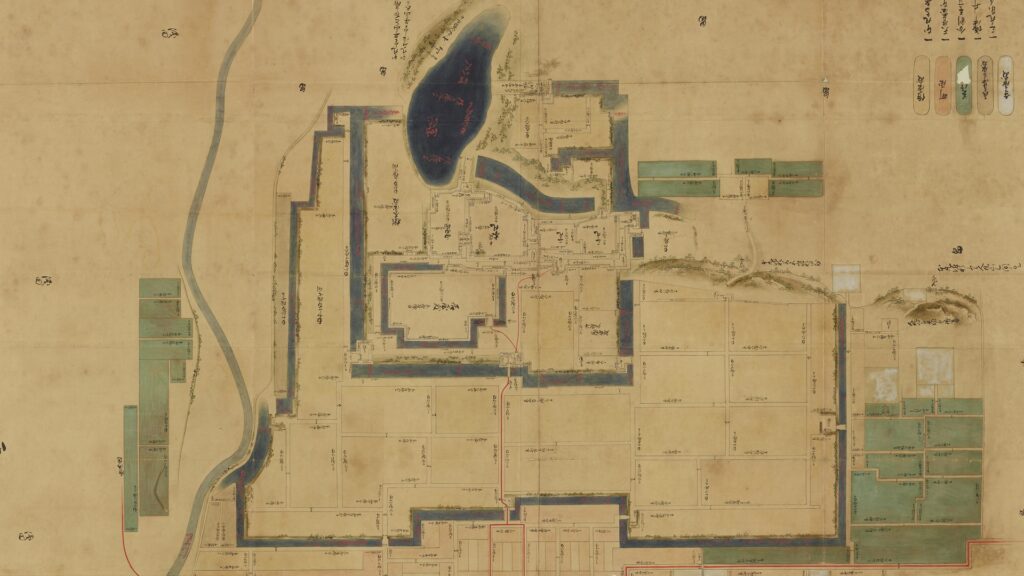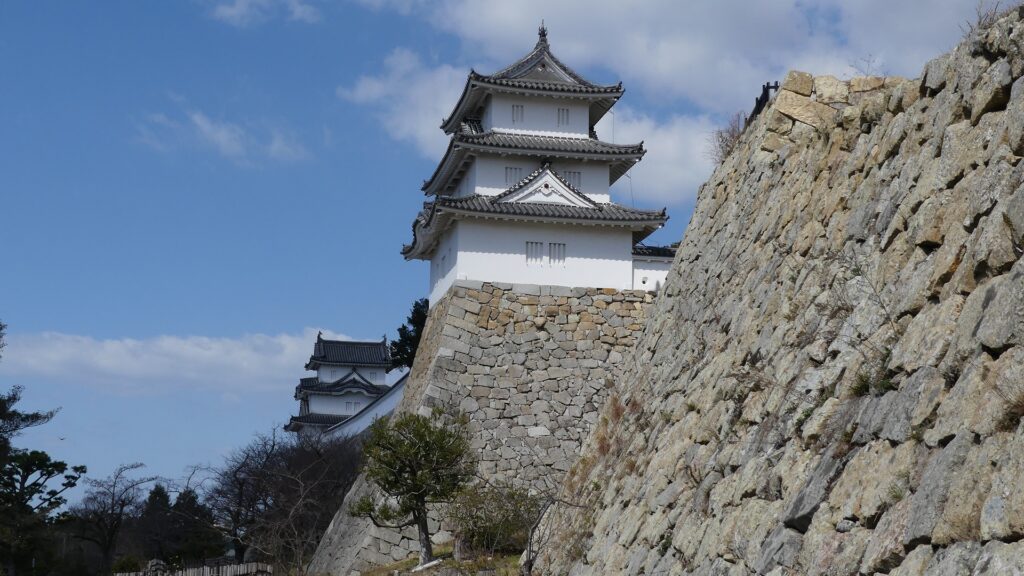Location and History
Suwa Area and Suwa Clan with Long History
Suwa Area of Nagano Prefecture is famous for its tourist spots like Suwa Lake and Suwa-taisha Shrine which are related to Takashima Castle. The shrine is said to have originated from a god in the oldest remaining history book called Kojiki. The god was also supposed to be the origin of the Suwa Clan that had been the lord of Suwa District of Shinano Province (same as now Suwa Area) and “Ohori” or the highest rank of the saints in Shinto at the shrine until the first 16th Century during the Sengoku Period. They still lived in other mountain castles.
The aerial photo around Suwa Lake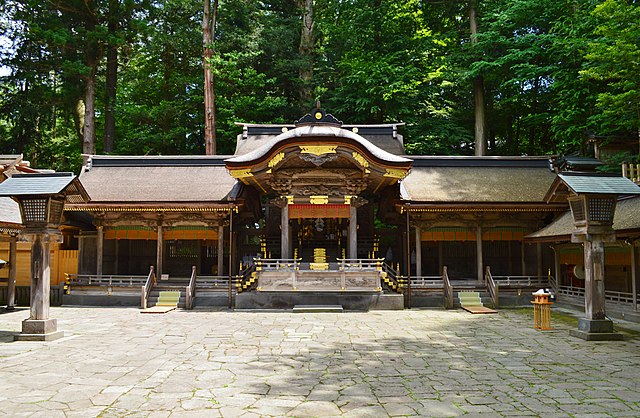
Invasion by Shingen Takeda
Shingen Takeda, one of the greatest warlords of Kai Province next to Shinano Province, aimed to invade the province. He defeated the Suwa Clan in 1542 and governed Suwa District. The Takeda Clan was also defeated by Nobunaga Oda in 1582. However, there was a confusion in the district when Nobunaga was killed in the same year. People in the district invited one of the Suwa Clan’s relatives who remained as Ohori at Suwa-taisha Shrine as their new lord, Yoritada Suwa.
The ranges of Shinano Province and Suwa District (the highlighted part)
Takayoshi Hineno built Takashima Castle
When Hideyoshi Toyotomi gained the power at the end of the 16th Century, he sent his retainer, Takayoshi Hineno to Suwa District. Yoritada Suwa was regretfully transferred to another province however. Takayoshi built a new castle alongside Suwa Lake called Takashima Castle bringing advanced techniques for that time from western Japan. The castle had four enclosures in a line facing the lake. Only one route was accessible to the enclosure at the edge of the castle. That means the castle could be very defensive.

The Main Enclosure was surrounded by stone walls which must have been very difficult to build them on the lakeside. They were actually built on wooden rafts in order to be stable even on the soft ground. The Main Enclosure also had the three-story Main Tower which was rare for eastern Japan at that time. The tower had a wood strip roofing different from other castles which usually used roof tiles. This is because the wooden tiles made the weight of the tower lighter on the soft ground and were more durable against the cold climate of the area.
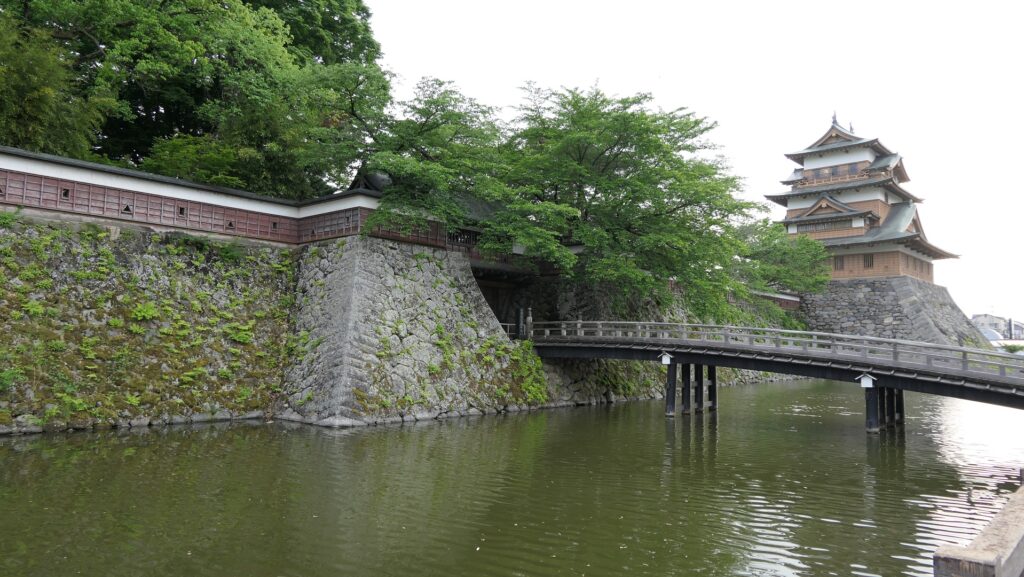
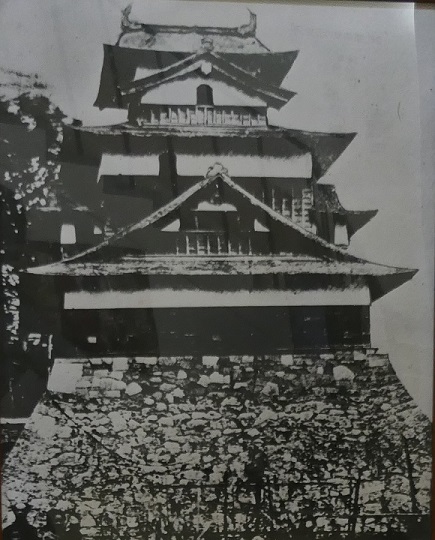
Suwa Clan revived and maintained Castle
In 1601 after the Tokugawa Shogunate gained the power instead of the Toyotomi Clan, the Suwa Clan came back to Suwa District. They supported the Shogunate very well in the Battle of Sekigahara in 1600. Yoritada Suwa’s son, Yorimizu became the lord of Takashima Domain and lived in Takashima Castle. In the peaceful time during the Edo Period, a view of the castle with Suwa Lake became a popular attraction in the area, called “the floating castle of Suwa”. Some Ukiyo-e artists such as Hokusai Katsushika drew paintings of the scenery for their Ukiyo-e or woodblock prints. On the other hand, the reclamation of Suwa Lake was done to make more farms and to prevent floods through the Edo Period. Takashima Castle was moving away far from the lake.
